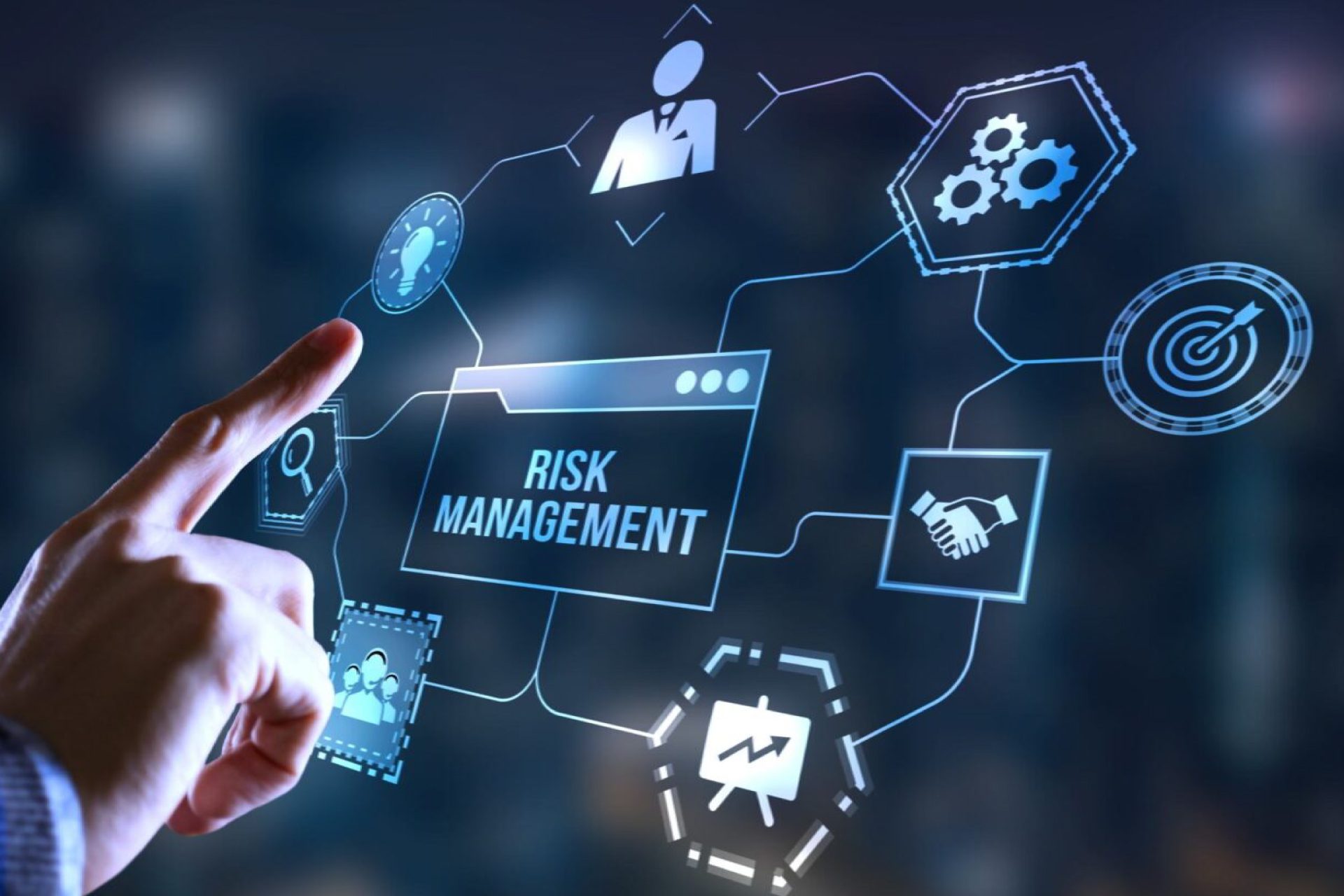Risk management is the process of identifying, assessing, and controlling threats to an organization’s capital, earnings, and operations. It is a critical process for any organization that wants to achieve its goals and objectives.
There are many different types of risks that organizations face, including financial risks, operational risks, strategic risks, and compliance risks. Financial risks include things like currency fluctuations, interest rate changes, and market volatility. Operational risks include things like supply chain disruptions, technological failures, and human errors. Strategic risks include things like competition, changes in customer demand, and new regulations. Compliance risks include things like violating environmental regulations or data protection laws.
Risk management can help organizations to mitigate these risks and protect their bottom line. It can also help organizations to make better decisions, improve their resilience, and seize new opportunities.
The risk management process typically involves the following steps:
- Identify risks: The first step is to identify all of the potential risks that an organization faces. This can be done through brainstorming, risk assessments, and surveys.
- Assess risks: Once the risks have been identified, they need to be assessed in terms of their likelihood and impact. This can be done using a variety of methods, such as risk matrices and quantitative analysis.
- Prioritize risks: Not all risks are created equal. Some risks are more likely to occur than others, and some risks have a greater potential impact. Organizations need to prioritize their risks so that they can focus on the most important ones.
- Treat risks: Once the risks have been prioritized, organizations need to develop strategies for treating them. This may involve avoiding the risk, mitigating the risk, transferring the risk, or accepting the risk.
- Monitor risks: The risk management process is not a one-time event. Organizations need to monitor their risks on an ongoing basis to ensure that they are still being managed effectively.
Risk management is a complex process, but it is essential for any organization that wants to achieve its goals and objectives. By following the risk management process, organizations can identify, assess, and control the risks that they face, and protect their bottom line.

